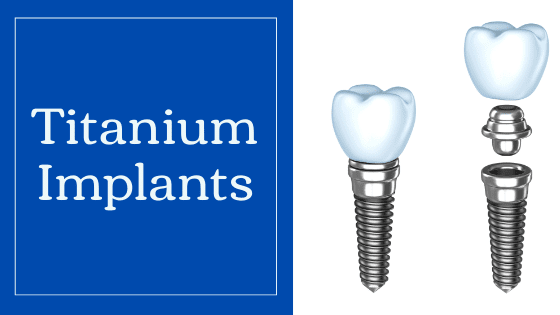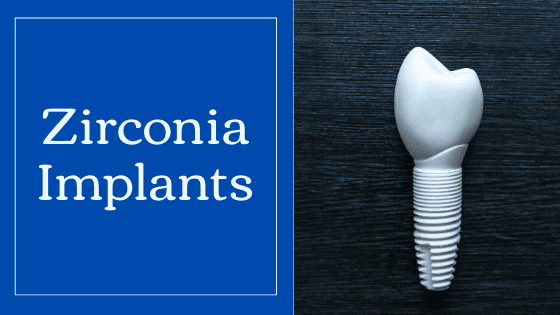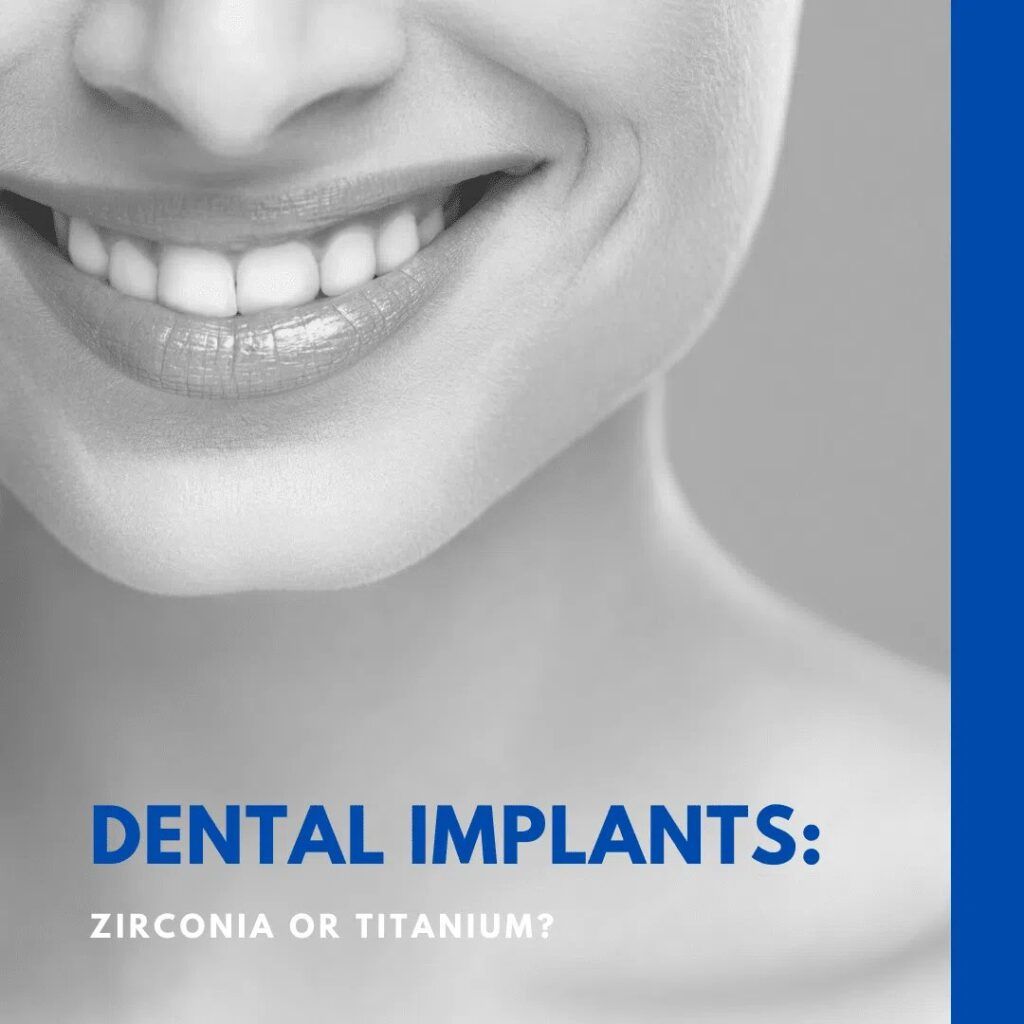Even though modern dentistry is far more advanced than dentistry of the past, it has not finished evolving. In fact, modern dentistry continues to reach forward every day. When it comes to advancing dental technology, many of these advancements are centered around making dentistry easier and less stressful for the patients, while also improving the quality of care the dentist is able to provide.
Alongside modern dentist practices, dental materials have also continued to improve. Historically speaking, many dental materials were made from animal hair, bone, and sticks. Nowadays, however, we have dental implants made out of materials such as titanium. There has even been some recent advancements in dental implant technology that has allowed for the placement of zirconia implants.
Traditionally, dental implants were only fabricated by titanium because of its biocompatibility. This was the case until aluminum oxide implants were briefly introduced as an alternative. However, aluminum oxide implants were not as successful as titanium implants, so they were discontinued in the early 1990s. Later in 2005, a dental implant company in Europe introduced a zirconium oxide implant as its ceramic alternative to traditional titanium implants. Zirconia implants were approved by the FDA in 2011 and have been used as an alternative to titanium implants in America ever since.
Zirconium oxide, also known as zirconia, is comparable to titanium in terms of its strength, however it contains little to no metal. Zirconia is also durable, resistant to corrosion, and able to fuse with the surrounding bone much like titanium. Unlike titanium, however, zirconia is lighter in terms of weight and color. It was these characteristics that ultimately led to the development of a metal-free zirconia implant.
While some dentists may only offer titanium implants, others may give you the option of a zirconia implant. In order to choose between the two, you will need to know how titanium compares to zirconia. At a glance, here is a comparison of the pros and cons of both titanium and zirconia implants:

Pros
- Higher success rate than zirconia implants
- Two-piece construction allows for angled implants
- Biocompatible and resistant to corrosion
- Tried and true method
Cons
- More likely to fail in people with metal allergies
- Metal ions can cause inflammation in people with autoimmune conditions
- Metal may show through the gums

Pros
- Highly aesthetic and can be colored to match the natural tooth color
- Low bacterial attraction, which can limit the risk of postoperative peri-implant diseases
- Biocompatible and resistant to corrosion
Cons
- One piece implant, which significantly limits treatment options and can increase the risk of fracturing later down the line.
- Material can deteriorate and fracture
- May have higher failure rates in comparison to titanium(still being researched)
- Still being researched
As you can see, both titanium and zirconia have their advantages and disadvantages. Depending on your individual case, there are cases where your dentist may choose to recommend one over the other. Still, the introduction of zirconia implants show that dental implant technology continues to advance in order to offer more treatment options to patients with missing teeth. While zirconia implants are a relatively new advancement that is still being researched and finely tuned, they provide a possibility for the future of dental implants.

